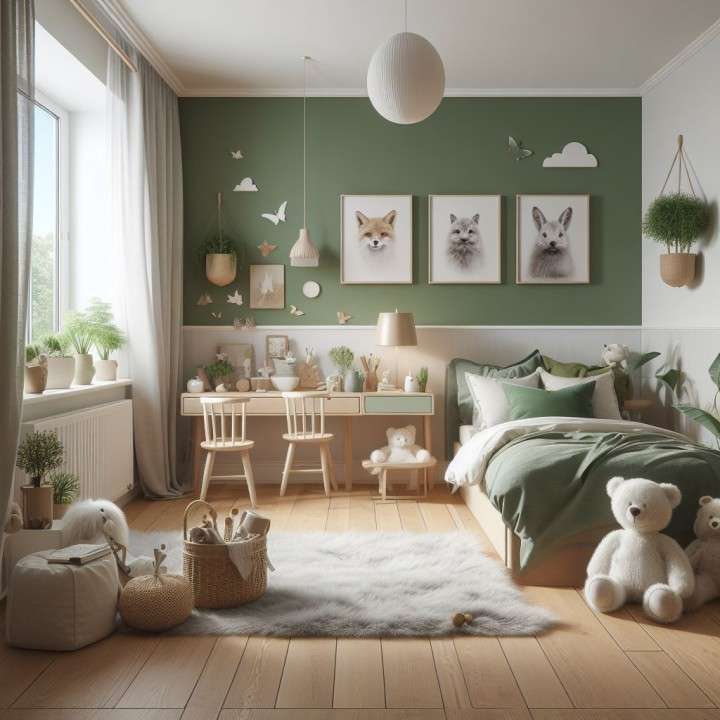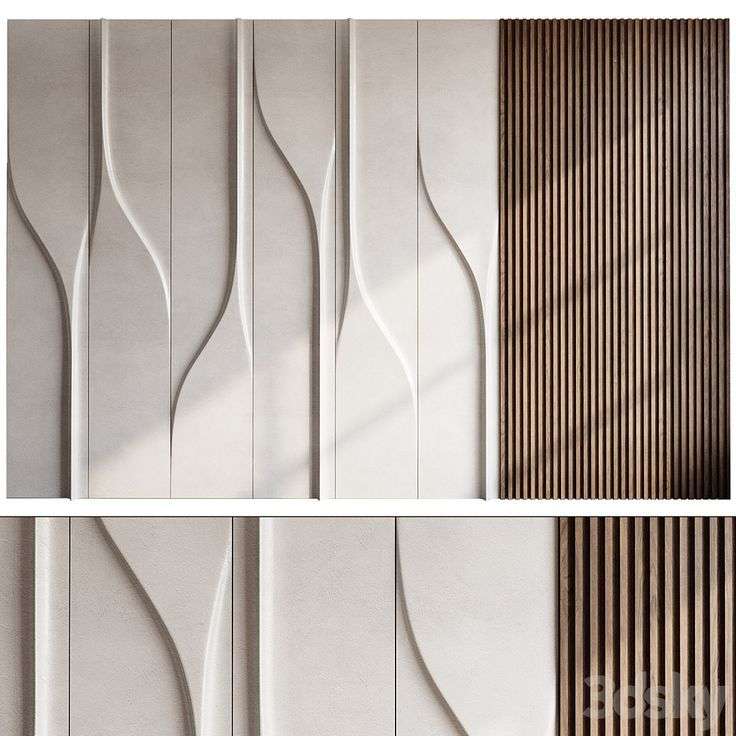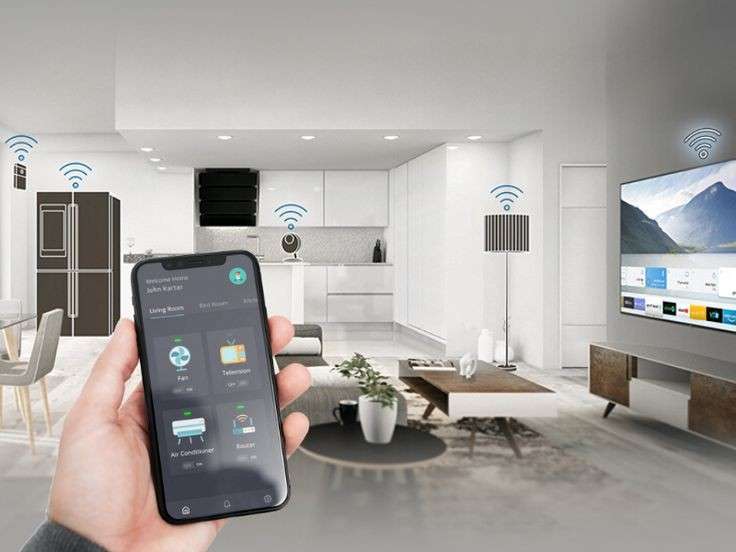Designing a home that caters to the needs of your growing family while maintaining a stylish and functional aesthetic can be a challenging task. Kid-friendly interiors must blend safety, durability, and comfort with design elements that complement your home’s overall look. At Scale & Structure, we understand the importance of creating spaces that are not only visually appealing but also practical and child-safe.
In this blog, we’ll guide you through how to create a beautiful and functional kid-friendly home that your entire family can enjoy. From choosing the right furniture to making smart design choices, we’ve got you covered with tips and inspiration to create spaces that cater to both style and everyday family life.

Why Kid-Friendly Design Matters
Designing a space for kids goes beyond simply picking out colorful furniture and fun décor. A kid-friendly home should be a space where children can safely explore, learn, and grow while also being a place where parents feel comfortable and at ease. A thoughtful design ensures that you have a balance of both form and function.
Here are a few reasons why kid-friendly design is essential:
- Safety: Safety is the top priority when designing spaces for children. Choosing the right materials, avoiding sharp edges, and ensuring proper lighting can help prevent accidents.
- Durability: Kids are active, and their spaces need to stand up to wear and tear. Choosing durable materials that are easy to clean and maintain is key.
- Flexibility: As your children grow, their needs change. A flexible design can evolve with your child, adapting to different stages of development and interests.
- Style: Just because a space is designed for children doesn’t mean it has to be childish. A stylish, well-designed interior can grow with your child and serve as a timeless backdrop for family life.
Key Elements of Kid-Friendly Interiors
When designing kid-friendly interiors, it’s crucial to focus on several core elements: safety, practicality, and style. The following tips will help you create a functional yet beautiful space for both kids and adults.
1. Durable and Easy-to-Clean Furniture
Kids are known for their energy and creativity, but this often means spills, stains, and messes are inevitable. Choosing the right furniture can save you time and stress in the long run.
- Why it works: Opting for durable, easy-to-clean fabrics such as leather, microfiber, or performance upholstery ensures your furniture remains fresh, even after a few spills or messes.
- Tip: Choose furniture with rounded edges to reduce the risk of injury and avoid sharp corners. For kids’ rooms, go for beds, dressers, and desks made of sturdy wood or materials that can withstand rough handling.
2. Smart Storage Solutions
Clutter is a common challenge in households with children. Proper storage not only helps keep things organized but also allows for quick cleanup, which is essential for busy families.
- Why it works: Ample storage options make it easier to keep toys, books, and clothes organized and out of sight. This also helps create a more visually appealing space by reducing clutter.
- Tip: Look for multi-functional furniture pieces such as storage ottomans, benches with hidden compartments, or bookshelves that double as display units. Utilize vertical space with wall-mounted shelves or hooks to store toys and art supplies.
3. Child-Friendly Materials
Incorporating child-safe materials into your home design ensures that your kids are protected while playing or exploring their space. Avoiding toxic paints or materials that can wear out quickly is essential when designing spaces for children.
- Why it works: Materials that are easy to clean, durable, and non-toxic create a safe and functional environment for kids to thrive.
- Tip: Use washable paint, non-toxic rugs, and materials like cotton or linen for curtains and upholstery. For floors, opt for cork or rubber flooring, which are soft, safe, and durable.
4. Flexible Spaces for Growth
As kids grow, their needs and interests change. Designing flexible spaces that can easily transition from toddler to teen can help you make the most of your home’s design.
- Why it works: A flexible design allows you to change the room’s layout, furniture, and décor as your child’s needs evolve.
- Tip: Use neutral colors and minimalistic furniture for a foundation that can adapt as your child grows. Instead of themed décor, choose timeless pieces that can evolve with your child’s age and preferences.
5. Playful yet Stylish Décor
Designing a kid-friendly space doesn’t mean you have to sacrifice style for function. Playful accents, colorful elements, and imaginative themes can be incorporated in ways that still look sophisticated.
- Why it works: Decor that engages your child’s imagination while complementing the overall design of the home creates a space that is both functional and fun.
- Tip: Use fun wallpaper or accent walls with colors and patterns that can easily be updated as your child grows. Incorporate playful décor, like animal-shaped storage or a rug with geometric patterns, that adds personality without overwhelming the space.
6. Safety Features
When designing kid-friendly spaces, safety is paramount. Kids are naturally curious and active, so creating a safe environment is essential to ensuring peace of mind for parents.
- Why it works: Simple design tweaks like securing furniture to the wall, using outlet covers, and choosing non-slip rugs can make a big difference in preventing accidents.
- Tip: Keep breakables and sharp objects out of reach, secure heavy furniture to the walls to prevent tipping, and use soft, cushioned surfaces in high-traffic areas to protect your child from injury.
Kid-Friendly Room Ideas
1. Kids’ Bedrooms
A child’s bedroom should be a cozy, inspiring retreat that balances fun and functionality. Opt for storage solutions like under-bed drawers or wall-mounted shelving to maximize space. Incorporate playful themes that can be easily changed over time, and choose furniture that grows with your child.
- Tip: A lofted bed is a great way to create more play or study space below. Use soft lighting, such as string lights or a fun nightlight, to create a calming environment for bedtime.
2. Living Areas
Creating a kid-friendly living room involves choosing furniture that can handle the hustle and bustle of family life. Look for modular sofas, coffee tables with rounded edges, and durable rugs that can withstand heavy foot traffic.
- Tip: Create a designated play area with a cozy rug, soft seating, and plenty of storage for toys and games. This will keep your living room organized while still allowing your kids to play freely.
3. Playrooms
The playroom should be a space where kids can explore, create, and unwind. It’s important to design the playroom with flexibility in mind, as kids grow and their interests shift.
- Tip: Use a neutral base for the walls and flooring, and introduce color through fun furniture and accessories like colorful bean bags, art displays, or a chalkboard wall.
Why Choose Scale & Structure for Your Kid-Friendly Interior Design?
At Scale & Structure, we specialize in creating spaces that are both beautiful and practical for families. Our design approach combines style with safety and functionality, ensuring that your home is a perfect balance between chic and kid-friendly.
Why Work with Scale & Structure?
- Personalized Design Solutions: We work closely with you to understand your family’s needs and create spaces that cater to both parents and children.
- Safety First: We prioritize safety with every design, ensuring that your home is both functional and secure for your kids.
- Timeless and Versatile Designs: Our designs evolve with your family, incorporating flexible furniture and décor choices that grow with your child.
Ready to create a stylish, functional, and safe space for your family? Contact Scale & Structure today, and let us help you design the perfect kid-friendly home.



